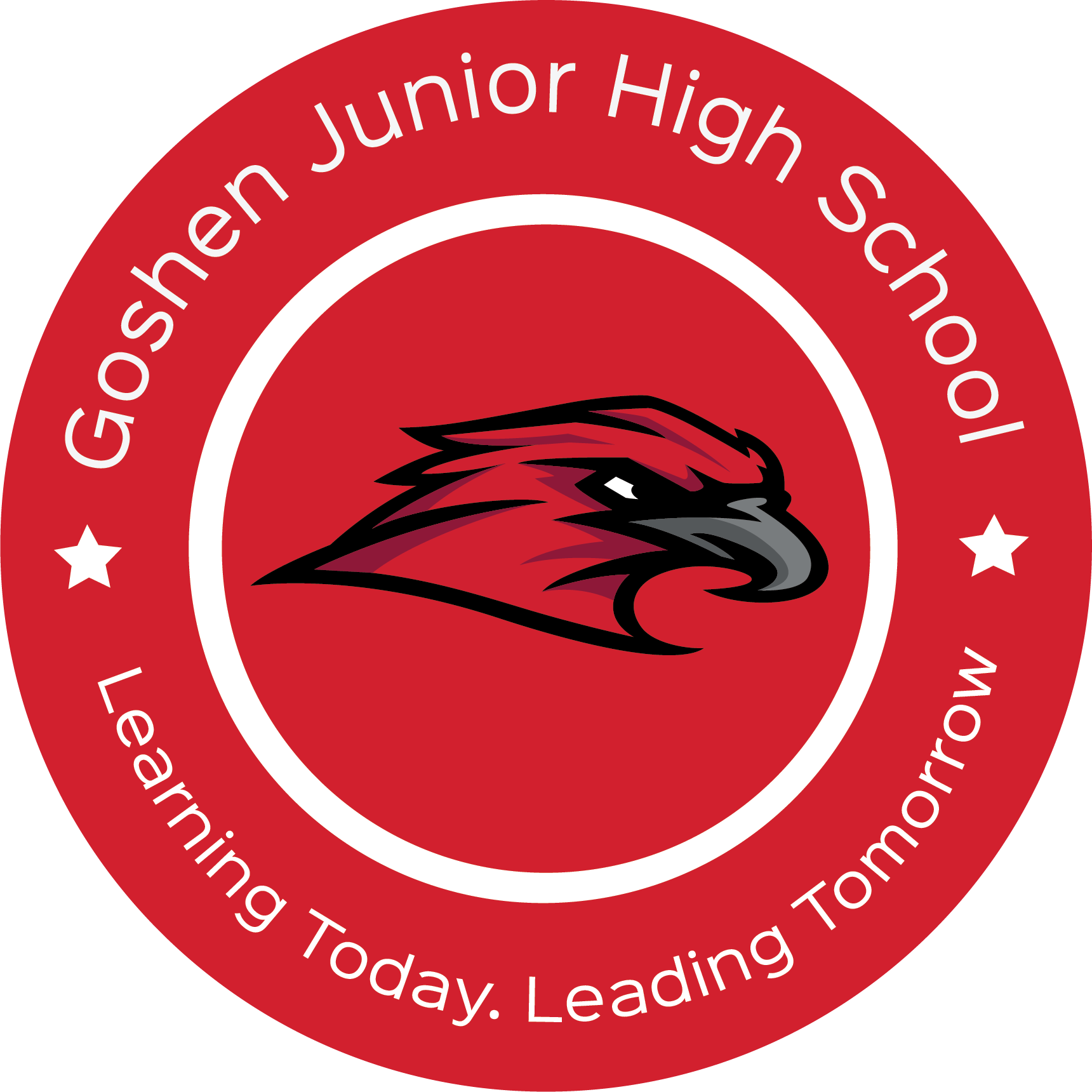GMS Focus Standards
GMS Focus Standards
Window C
August 10th, 2015 – Sept. 18th
|
Reading |
|||
|
6th |
Reading *6.RL.2.2: Determine how a theme or central idea of a work of literature is conveyed through particular details; provide a detailed, objective summary of the text. *6.RL.2.3: Explain how a plot unfolds in a series of episodes as well as how the characters respond or change as the narrative advances and moves toward a resolution. *6.RL.3.1 Analyze how a particular sentence, chapter, scene, or stanza fits into the overall structure of a work of literature and contributes to the development of the theme, characterization, setting, or plot. Vocabulary *6.RV.3.1: Determine the meaning of words and phrases as they are used in works of literature, including figurative and connotative meanings; analyze the impact of a specific word choice on meaning and tone |
||
|
7th |
Reading *7.RL.2.2: Analyze the development of a theme or central idea over the course of work of literature; provide a detailed summary that supports the analysis. *7.RL.2.3: Analyze the interaction of elements in a work of literature (e.g. how setting shapes the characters or plot) Vocabulary *7.RV.3.1: Determine the meaning of words and phrases as they are used in works of literature, including figurative and connotative meanings; analyze the impact of rhymes and other repetitions of sounds |
||
|
8th |
|
||
|
Writing |
|||
|
6th |
Writing 6.W.3.3: Write narrative compositions in a variety of forms. |
||
|
7th |
Writing 7.W.3.2 Write informative compositions on a variety of topics |
||
|
8th |
Writing 8.W.3.2 Write informative compositions on a variety of topics that |
||
|
Math |
|||
|
6th |
6.C.3 Solve real-world problems with positive fractions and decimals by using one or two operations. 6.NS.1: Understand that positive and negative numbers are used to describe quantities having opposite directions or values (e.g., temperature above/below zero, elevation above/below sea level, credits/debits, positive/negative electric charge). Use positive and negative numbers to represent and compare quantities in real-world contexts, explaining the meaning of 0 in each situation. 6.NS.2: Understand the integer number system. Recognize opposite signs of numbers as indicating locations on opposite sides of 0 on the number line; recognize that the opposite of the opposite of a number is the number itself (e.g., –(–3) = 3), and that 0 is its own opposite. 6.NS.3 Compare and order rational numbers and plot them on a number line. Write, interpret, and explain statements of order for rational numbers in real-world contexts. 6.NS.4 Understand that the absolute value of a number is the distance from zero on a number line. Find the absolute value of real numbers and know that the distance between two numbers on the number line is the absolute value of their difference. Interpret absolute value as magnitude for a positive or negative quantity in a real-world situation. 6.AF.7: Understand that signs of numbers in ordered pairs indicate the quadrant containing the point; recognize that when two ordered pairs differ only by signs, the locations of the points are related by reflections across one or both axes. Graph points with rational number coordinates on a coordinate plane. *6.AF.8 Solve real-world and other mathematical problems by graphing points with rational number coordinates on a coordinate plane. Include the use of coordinates and absolute value to find distances between points with the |
||
|
7th |
.C.1 Understand p + q as the number located a distance |q| from p, in the positive or negative direction, depending on whether q is positive or negative. Show that a number and its opposite have a sum of 0 (are additive inverses). Interpret sums of rational numbers by describing real-world contexts. 7.C.2 Understand subtraction of rational numbers as adding the additive inverse, p – q = p + (–q). Show that the distance between two rational numbers on the number line is the absolute value of their difference, and apply this principle in real-world contexts. 7.C.3 Understand that multiplication is extended from fractions to rational numbers by requiring that operations continue to satisfy the properties of operations, particularly the distributive property, leading to products such as (–1)(–1) = 1 and the rules for multiplying signed numbers. 7.C.4 Understand that integers can be divided, provided that the divisor is not zero, and that every quotient of integers (with non-zero divisor) is a rational number. Understand that if p and q are integers, then –(p/q) = (–p)/q = p/(–q). 7.NS.3 Know there are rational and irrational numbers. Identify, compare, and order rational and common irrational numbers (√2, √3, √5, Π) and plot them on a number line. |
||
|
8th |
8.NS.1 Give examples of rational and irrational numbers and explain the difference between them. Understand that every number has a decimal expansion; for rational numbers, show that the decimal expansion terminates or repeats, and convert a decimal expansion that repeats into a rational number. 8.NS.2 Use rational approximations of irrational numbers to compare the size of irrational numbers, plot them approximately on a number line, and estimate the value of expressions involving irrational numbers. *8.C.1 Solve real-world problems with rational numbers by using multiple operations. 8.C.2 Solve real-world and other mathematical problems involving numbers expressed in scientific notation, including problems where both decimal and scientific notation are used. Interpret scientific notation that has been generated by technology, such as a scientific calculator, graphing calculator, or excel spreadsheet. |
||
“Plan and conduct learning activities that contribute to accomplishing specific objectives and goals, stimulate and encourage application of thought, and require the active participation of students. Long and frequent activities of data-gathering through lectures, readings, film, etc., without planned opportunities for students to process and apply the information can lead to boredom and indifference – a seedbed for discipline problems.”


